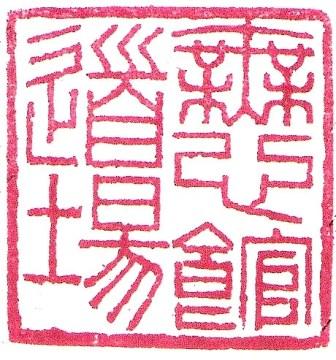-
Aikido of Owensboro
- Mushinkan Dojo

Owensboro,
Kentucky
![]()
What is Aikido? - Daniel Caslin Sensei
Aikido is a modern martial art employing, among other things, principles of non-resistance in a sophisticated and powerful method of conflict resolution. The power of Aikido is accessible to anyone regardless of gender, size, physical strength or age. It is a descendent of Kenjitsu (art of the Japanese sword), Jiujitsu and various other Japanese martial arts. It is the product of
thousands of years of martial refinement, research and development.
Serious Aikido study is considered true Budo, the way or path of the warrior. A warrior corrects, strengthens and improves herself/himself and takes direct action to further the end of peace and the greater good.
Aikido is different from many other martial arts. Aikido is not a sport. It is non-competitive. It has no interest in winning or losing, only
self-defense and self-knowledge. Aikido training clarifies and integrates the mind and body. Its source is the spirit of respect for and protection of all things. It's method is a path of self cultivation,
mindfulness, unfoldment and realization. Aikido practice involves the study and observation of
one's self, of nature, movement, physics, anatomy and psychology.
The Practice of Aikido
Practice takes place in a "dojo" (practice hall). Classes consist of persons of all ages, wearing traditional practice clothing (gi), training together in a supportive, non-competitive
atmosphere. The beginning student is led step by step through simple falling exercises to more complicated "ukemi" (art of falling). At the same time the beginner is introduced to simple and then progressively more complex techniques to neutralize attack.
Aikido is typically a partner practice in class. Techniques are demonstrated by the instructor, all are responses to physical attacks. Aikido is practiced by having the two partners take turns, with one simulating an attack while the other practices an Aikido
technique. The partners take turns attacking and defending; however, the attacker is not trying to "win," but rather to provide an opportunity for the other to practice defense. Likewise, the defender is not competing against the attacker, but rather
through self observation and practice cultivating her or himself in the continuing effort to
understand. The process of the art is the point. The practice is the path and there is unlimited opportunity for growth.
The closing of one's "tsuki" (openings or vulnerabilities) is stressed. All classes are carefully supervised, making the dojo a non-threatening, positive, yet serious place to learn Aikido principles and self-defense.
Since Aikido is a path or Way (do), an Aikido student learns a benevolent philosophy of resolute action derived from the study of
self, nature and the human condition. This involves a refinement and polishing of good habits that includes one's everyday body movement,
mindfulness, approach to self, others, life and life's problems.
Self Defense
Practice in the dojo should be, as much as possible, an accurate representation of real life. Emphasis lies on sincerity and
evolution of technique. Though a deep understanding of the nature of the art takes time, improvement and understanding take place from the very first day of practice.
Aikido is excellent physical and cardiovascular conditioning. The release of excess tension and correction of imbalance in the body required for proper performance of the technique leads to increased alertness, better health and increased stamina. Improved muscle tone, enhanced strength, a more supple, coordinated body, and greater self-knowledge and self-confidence are other natural benefits of Aikido study.
Ranking and Aikido
In martial arts, rank generally (but not always) indicates level of mastery of the art. Many martial arts determine rank through
competition. Aikido, however, is not a sport, and shouldn't be used in a competitive manner. Contests are forbidden.
In Aikido, rank is determined by a competent instructor who observes each student carefully in practice sessions, and in controlled demonstrations or tests. Through personal interaction and training, the instructor
determines to what degree a student has attained real ability to perform techniques and manifest Aikido principles. In daily Aikido practice, every technique is a test, with immediate feedback.
Present Day Aikido
Aikido is the creation of an exceptional man, Morihei Ueshiba (1883 - 1969), who after seventy years of study in the traditional martial arts left the world with an entirely new creation: Aikido. The three Japanese characters Ai-Ki-Do mean literally "the way
of harmonizing energy." The founder ultimately saw Aikido
as a path to transcend duality and to realize "oneness with the
universe." No one can say Aikido doesn't provide
challenges.